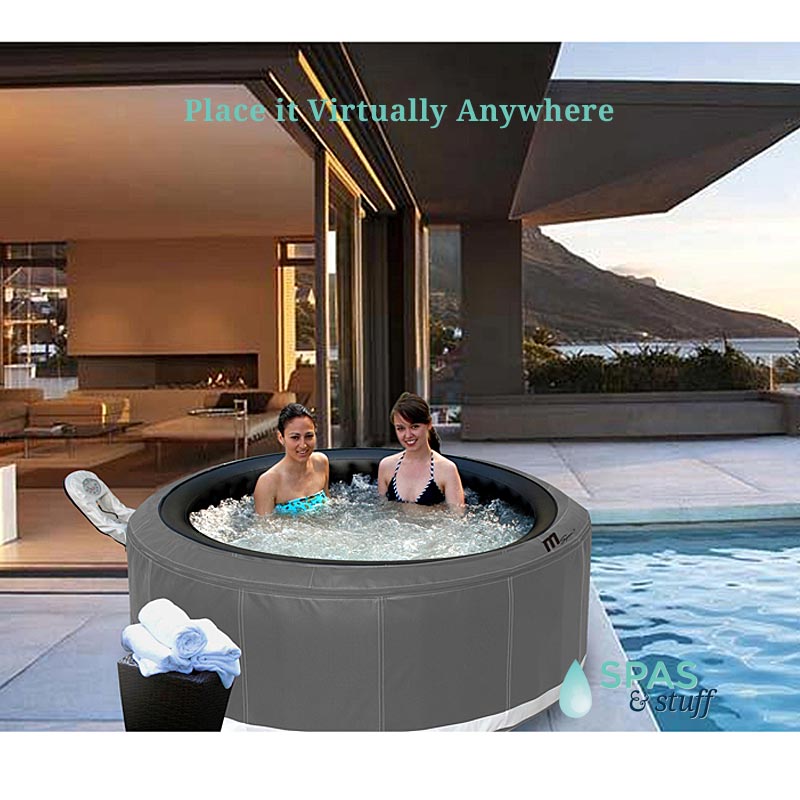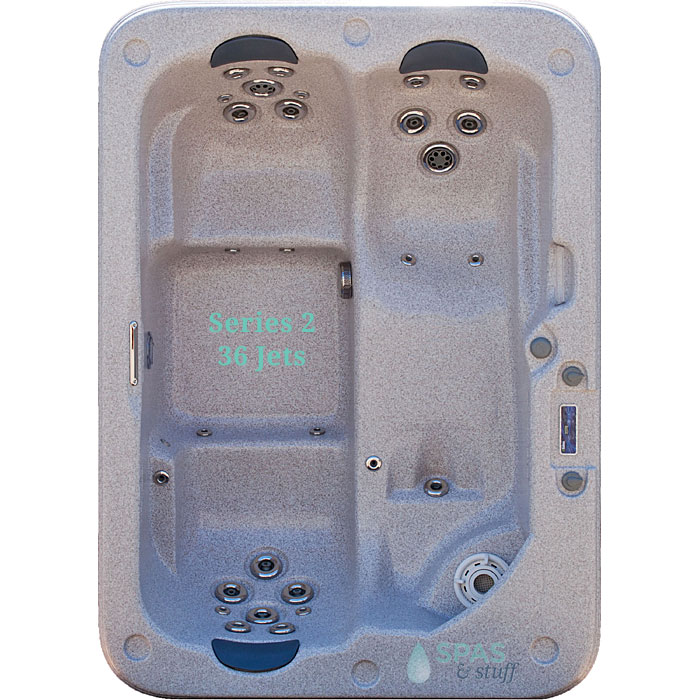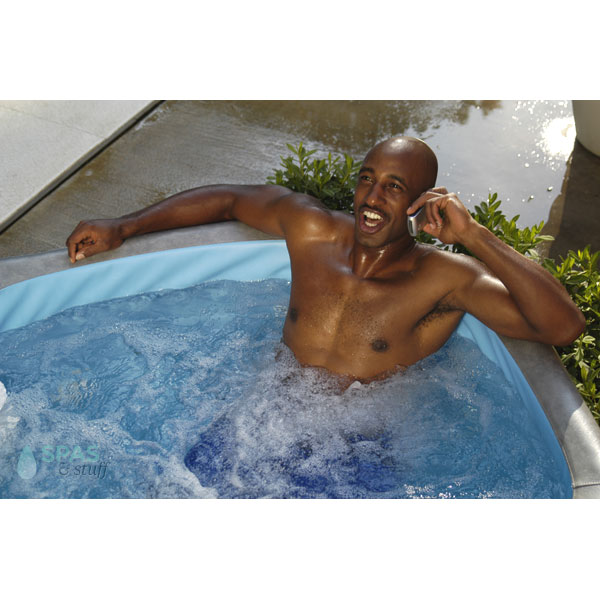We all love a good deal, and scoring a good deal on something as awesome as a hot tub? AWESOME. But there's a big difference between "a good deal" and "cheap." You don't want to get ripped off and you don't want to end up with a lemon.
Many online suppliers offer sales and spas at affordable prices. It is very easy to peruse a few different sites to get a good idea of a general price. Unfortunately, sometimes people access websites such as Craigslist or Ebay looking to find something at a really low price. Unfortunately, those looking to get something for nothing are going to get what they paid for.
If you'd like to get a good deal on a hot tub, here are some points to consider:
- In addition to an affordable price on a spa, look for other extras the supplier may provide such as free shipping and no sales tax. (Hint: Spasandstuff.com offers free shipping on most products!)
- Look for online hot tub dealers (you know, like Spasandstuff.com). Many times, online suppliers can offer better prices because they do not have to factor salespeople into the equation.
- Buying a used hot tub may save you money, but like used cars, you risk getting a lemon. If you do decide to go this route, try to see the hot tub in operation before you buy. Make sure it operates as it should. Another consideration when buying used: hygiene. Make sure the previous owner has been maintaining the hot tub properly and cleaning it. You don't want to risk sitting in a hot tub full of algae spores or bacteria.






















